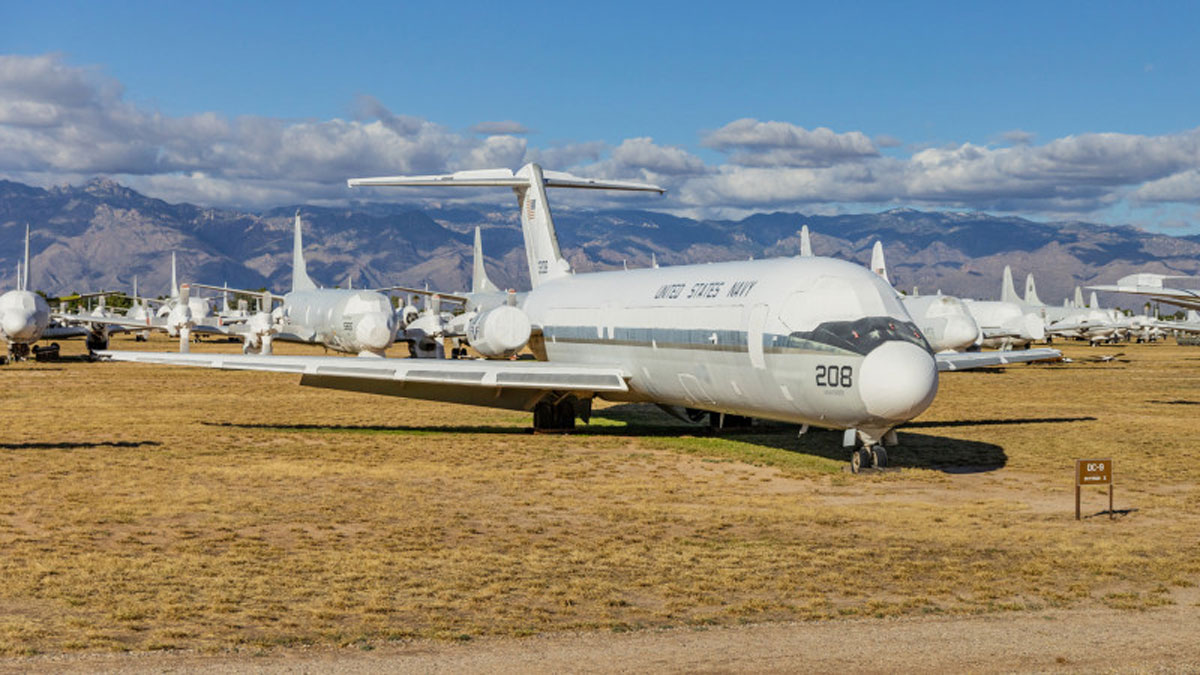Airplanes, like everything else in the world, do not last forever. They typically have a lifespan of about 30 years, but what happens to them when they reach the end of their lifespan? Decommissioned aircraft end up in aviation cemeteries, or, in other words, in aircraft cemeteries.
According to Travel + Leisure, these are huge open parking lots for aging aircraft, where they await their future fate.
“After arriving at the cemetery, the plane is either stored in full readiness or it is dismantled for parts,” said Daniel Babb, a former pilot, and professor at the University of Nevada, Las Vegas.
If an airline retires aircraft that are still flying but are technically obsolete, they are also sent to the graveyard.
“As aviation technology advances, many airlines are retiring older aircraft, which can then be purchased by other companies at a lower cost than new ones,” Bubb explained.
Airplanes that are no longer airworthy are usually dismantled for parts.
“When a decommissioned airliner arrives at a scrapyard for disposal, it is first stripped of all liquids and then all valuable parts, from instruments to engines, are removed for resale. The aircraft is then ready for disposal. The remainder, mostly metals and plastics, is usually subject to “In the end, there is almost nothing left of the aircraft,” said aviation historian Shay Oakley.
Aircraft cemeteries are common throughout the world, but are most often located in very dry regions.
“Whether disposal is delayed or the aircraft is stored for possible future use, the desert air serves as a natural preservative, preventing corrosion of metals. An aircraft stored in the desert requires minimal maintenance to return to service, and its parts are not damaged by time,” Oakley said.
Most aircraft cemeteries are located in deserts, where there is less rainfall and other factors that promote corrosion. For example, Davis-Monthan AFB in Tucson, Arizona, is home to the 309th Aerospace Maintenance and Regeneration Group (309 AMARG), which operates the world’s largest aircraft cemetery. Here you can see more than 4,000 military aircraft in an area of 16.5 square miles. Although this cemetery cannot be visited, many aircraft are visible from outside.
To see the many retired passenger aircraft, it’s worth visiting the second and third-largest cemeteries in the world, which are located at Mojave Air and Space Port (MHV) and Southern California Logistics Airport (SCLA). Like the Davis-Monthan base, they are closed to the public, but everything can be viewed through the fences or on Google Earth.

